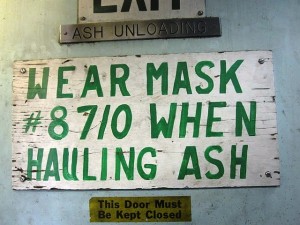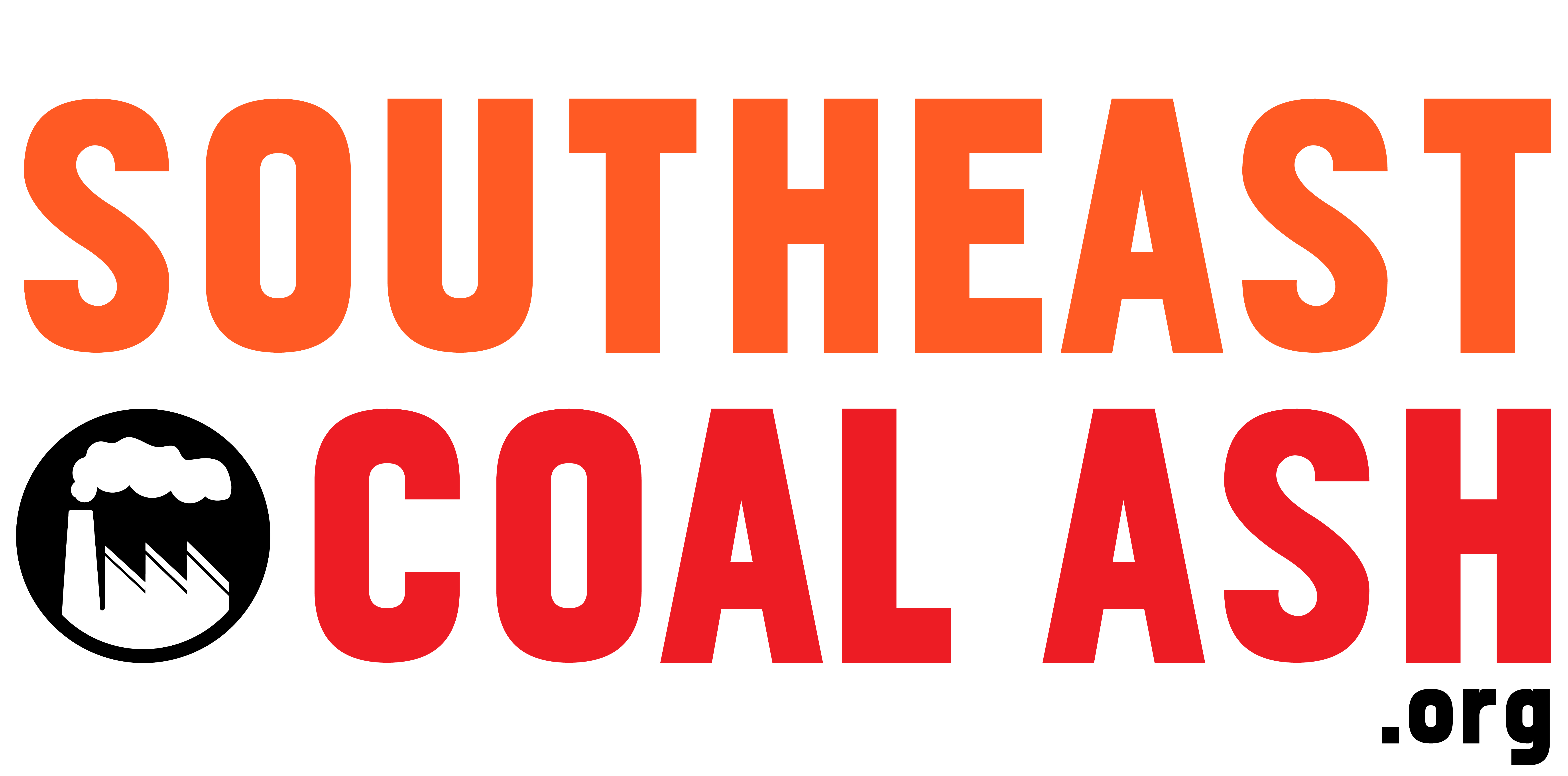Coal ash is commonly re-used in a number of ways. For example, it is used as structural fill or fill for abandoned mines; as a top layer on unpaved roads; as an ingredient in concrete, wallboard, and in school running tracks; as an agricultural soil additive; and as “cinders” to be spread on snowy roads.
48% of the coal ash produced in 2014 was “recycled” in what the Environmental Protection Agency (EPA) and industry call “beneficial re-use.” However, valid concerns exist around the safety of re-using unencapsulated coal ash, as it poses another route for human and environmental exposure. When these uses of coal ash are excluded, the percentage of coal ash recycled drops to around 20%.
Coal Ash Re-Use and EPA’s Coal Ash Rule

Coal ash re-use is regulated under EPA’s Coal Combustion Residuals rule, but EPA failed to provide adequate safeguards for the health of communities and the environment.
Under EPA’s coal ash rule, projects using more than 12,400 tons of coal ash on the land, are required to make some health and safety demonstrations, but even these few safeguards are not required for roadway applications or the controversial practice of filling mines with coal ash (mine filling).
Mine filling is particularly dangerous because it involves dumping coal ash directly into abandoned mines and quarries, and typically is in direct contact with the water table, which has resulted in significant contamination.
Unlike coal ash disposal sites, practices that meet EPA’s definition of beneficial reuse are exempted from EPA’s operating, monitoring, design, and location restrictions.
It’s very significant that EPA excluded these projects types, especially because about 11.5 million tons of coal ash is placed in structural fills such as highway embankments or building foundations each year. There are already concerns that some structural fills may be little more than dumpsites in disguise.
For example, a 60 Minutes segment from August 15, 2010 highlighted the consequences from using toxic coal ash as a “fill” to build up part of a golf course. Unfortunately, the rule also doesn’t require any public notification of proposed projects, potentially limiting the public’s ability to weigh in on projects like the above example that could affect their community.
A growing body of research is linking the potential dangers of coal re-use with environmental justice communities–communities of color and/or low-income that are disproportionately impacted by environmental pollution. In early 2016, the U.S. Commission on Civil Rights began hosting briefings on the nexus between coal ash and environmental justice, including coal ash re-use.

Some re-use is less controversial. For example, ash is also sometimes used making materials such as bowling balls, concrete and bricks. These uses fully “encapsulate” coal ash, in theory locking the ash and its toxic contaminants away. Encapsulated re-uses also reduce the need for extraction of virgin natural resources – coal ash can replace a significant amount of high-carbon-footprint materials like Portland Cement.
In early February 2014, EPA, using a newly developed methodology, determined coal ash and other coal combustion residuals are safe to use in concrete as a substitute for portland cement, and the use of flue gas desulfurization gypsum as a substitute for mined gypsum in wallboard. EPA’s evaluation concluded that the beneficial use of encapsulated CCRs in concrete and wallboard is appropriate because they are comparable to virgin materials or below the agency’s health and environmental benchmarks.
Learn More
NC Chapter of the Sierra Club: Unlined Landfills? The story of coal ash waste in our backyard
Create-Your-Own Coal Ash Report
Full control to create the report of your choosing listing coal plants with ash impoundments in the Southeast.
Create your report NOW!
